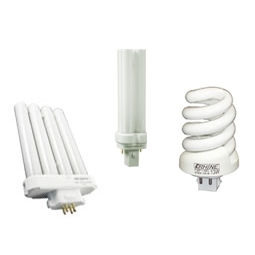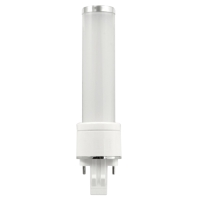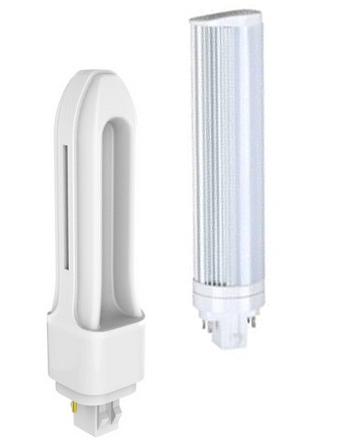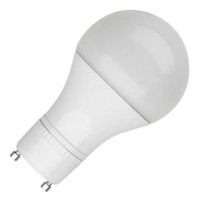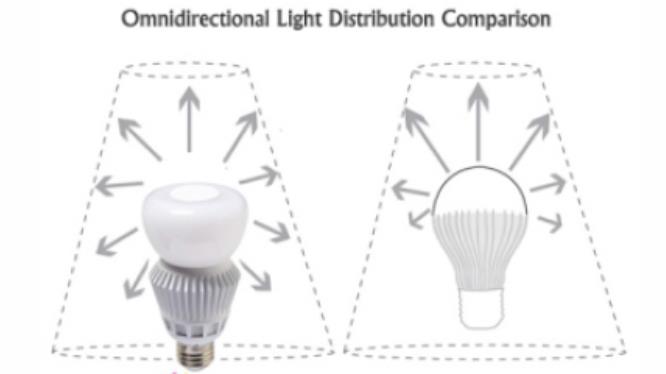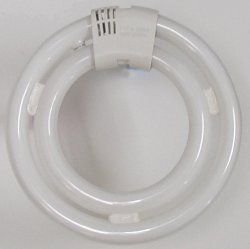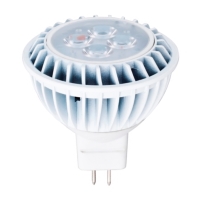
When searching for LED bulbs, you may have come across the phrases wet location and damp location. While they sound like they’re describing the same kind of bulb, these two ratings are very different. The bulbs are each given their classification by the Underwriters Laboratories. Here, each light undergoes testing to determine the environment it is best suited for. Understanding the difference between damp rated LED bulbs and wet rated LED bulbs will allow you to remain safe when installing them in fixtures for your home or business.
What Qualifies as A Damp Location?
Where LED bulbs are concerned, a damp location is an environment that is mostly shielded from outdoor weather conditions, yet still experiences humidity and moisture. These settings are exposed to condensation, or “sweating,” yet the fixtures installed here do not have actual contact with water. Examples of this would be:
- Kitchens
- Bathrooms
- Patios
- Awnings
- Basements
What Qualifies as A Wet Location?
Wet rated LED bulbs are installed in fixtures that have been designed to specifically withstand exposure to water: from simple splashes, to complete submersion. The fixtures have to be produced with seals that waterproof its electrical portions. This also prevents damage, and even power shortages. Bulbs with this rating are manufactured for use in almost all outdoor light fixtures, as these fixtures are exposed to conditions such as rain and snow. A few settings where wet location LED bulbs are installed in include:
- Landscaping
- Hot tubs
- Fountains
- Pools
United Laboratories has carefully crafted the rating system for these bulbs. In doing so, this prevents lighting from being installed in the wrong location, which can cause short-circuiting, and even be potentially dangerous. Understanding the difference between damp rated LED bulbs and wet rated LED bulbs will allow you to get the most out of your LED lights. It also takes you one step closer to making the right choices for fixtures both inside and outside of your house or building.




